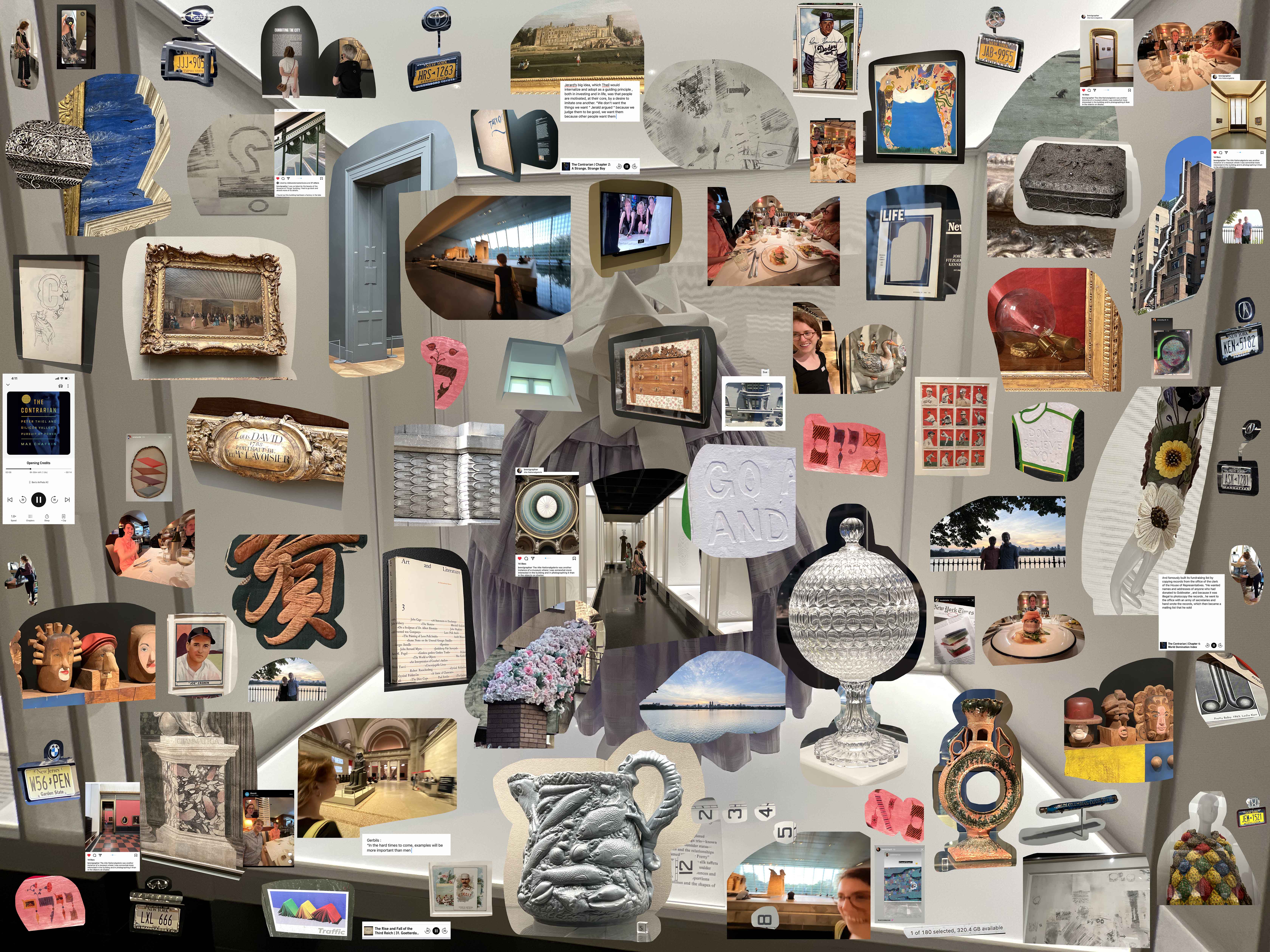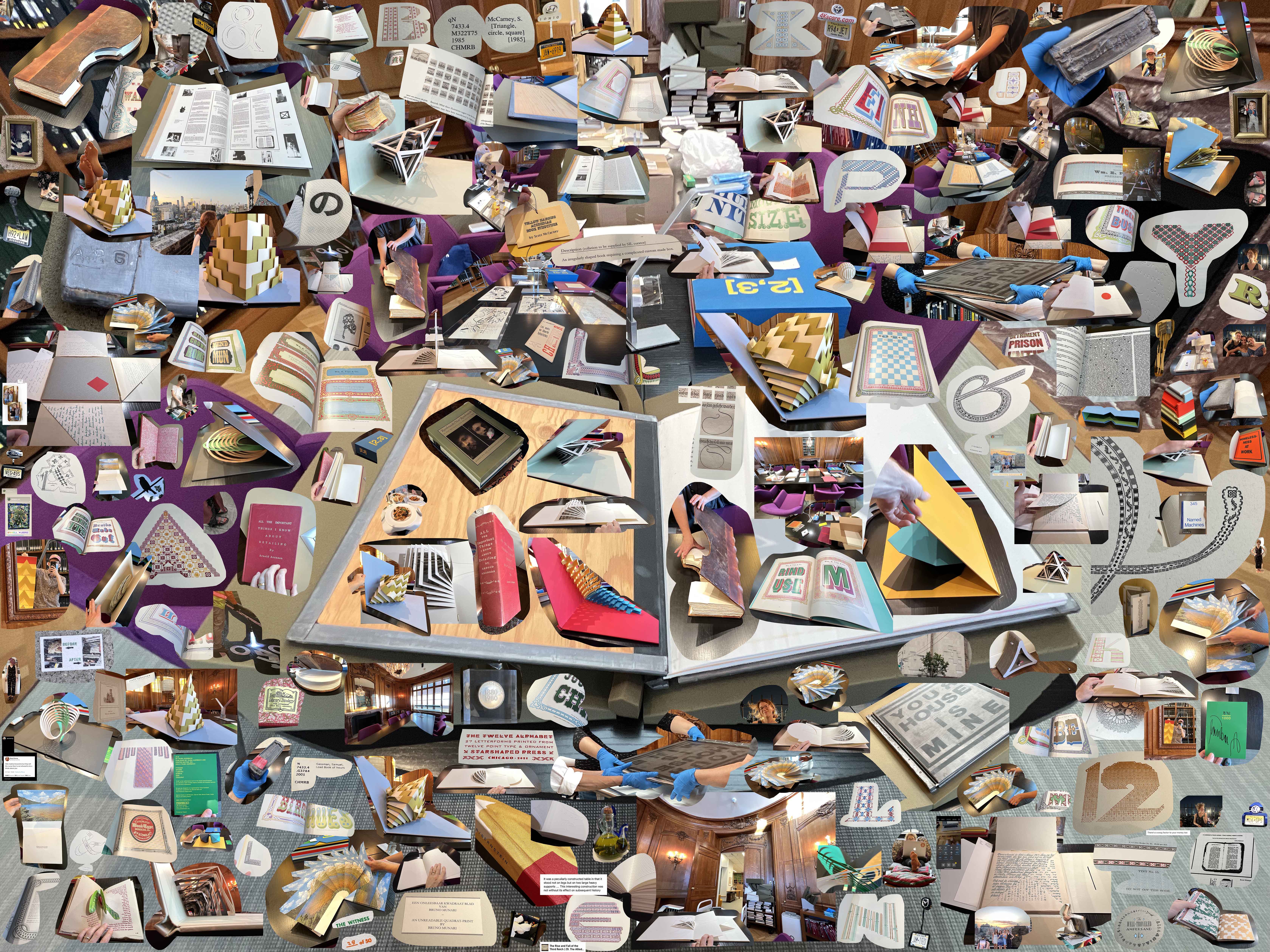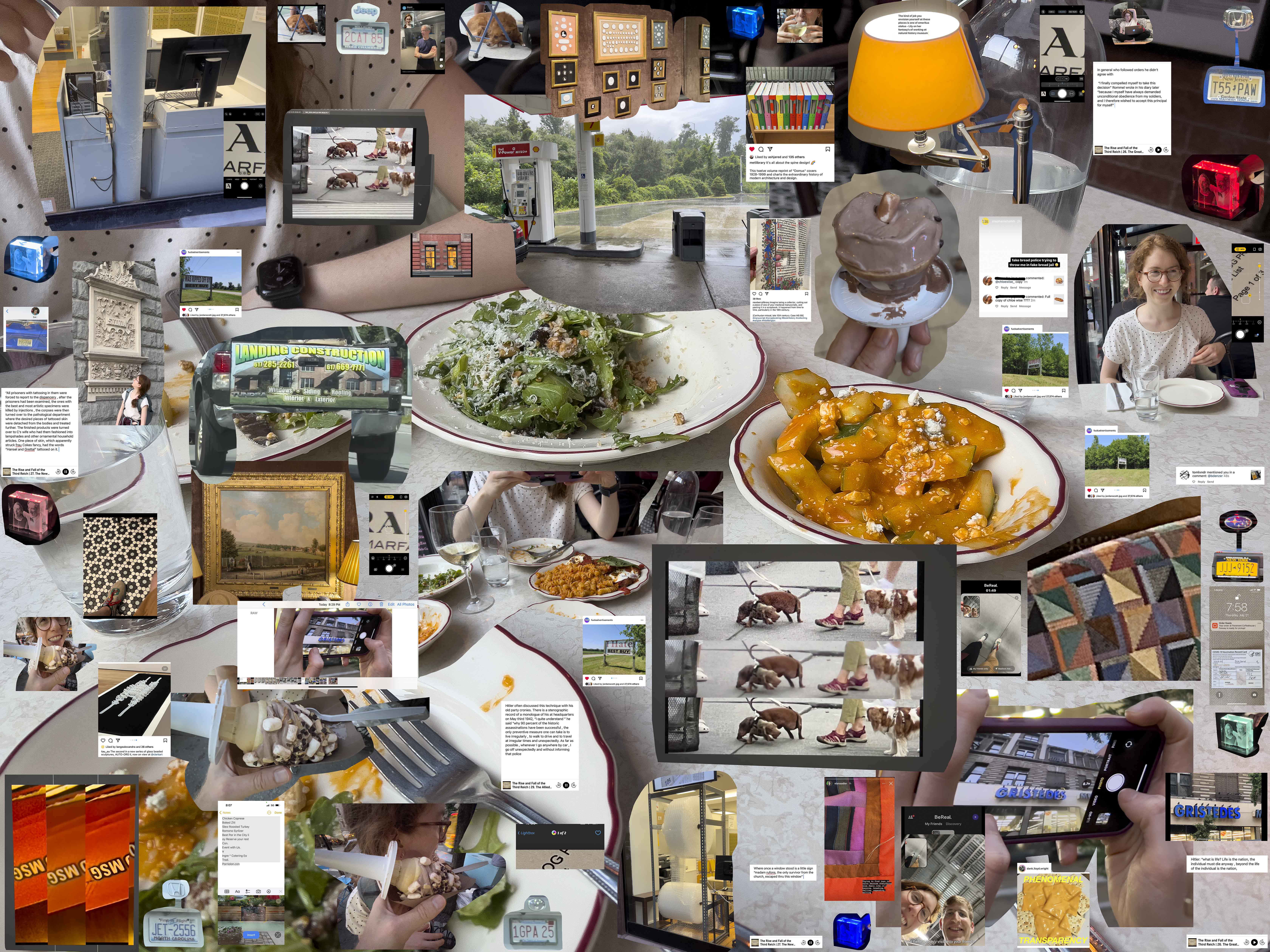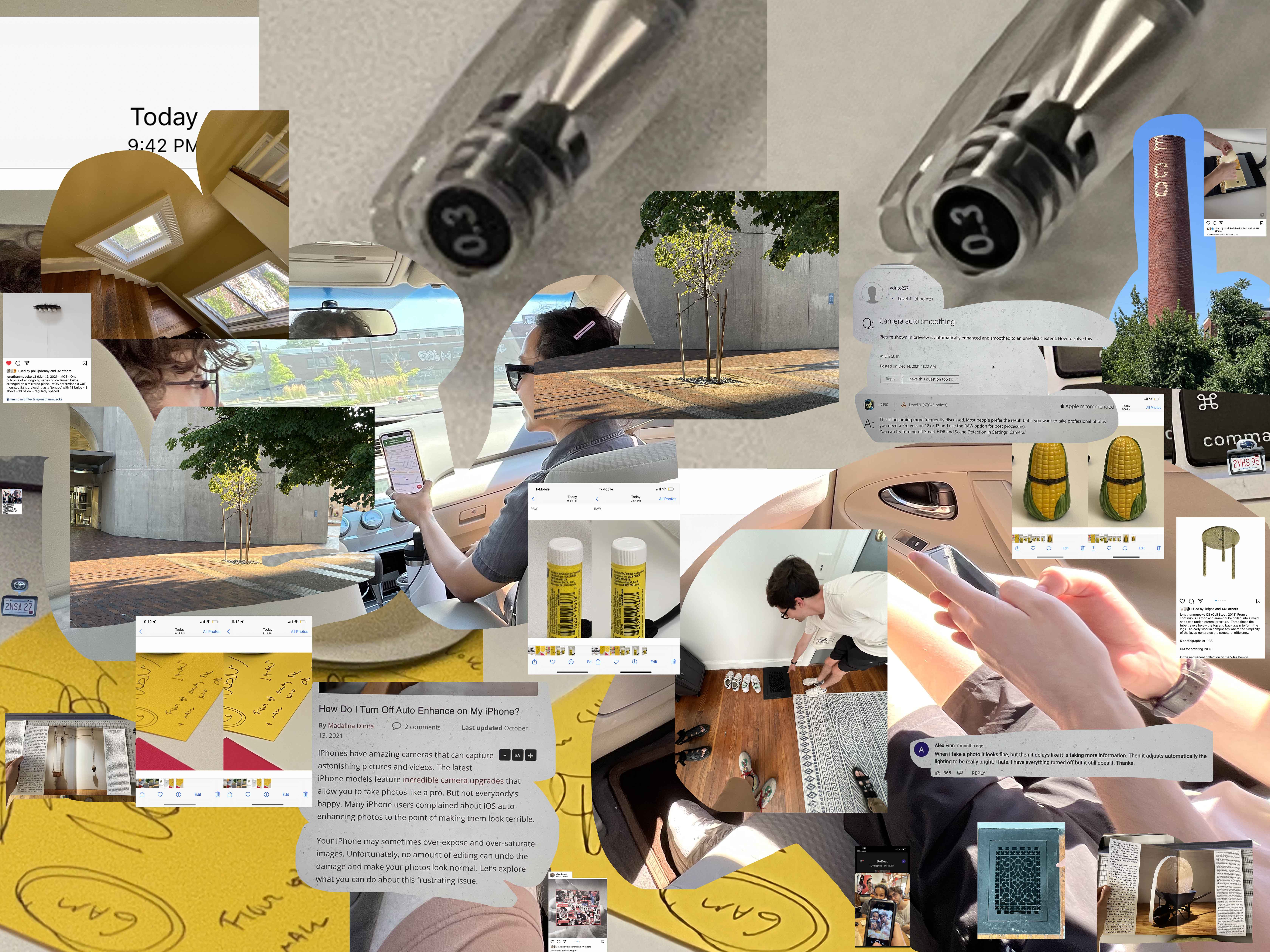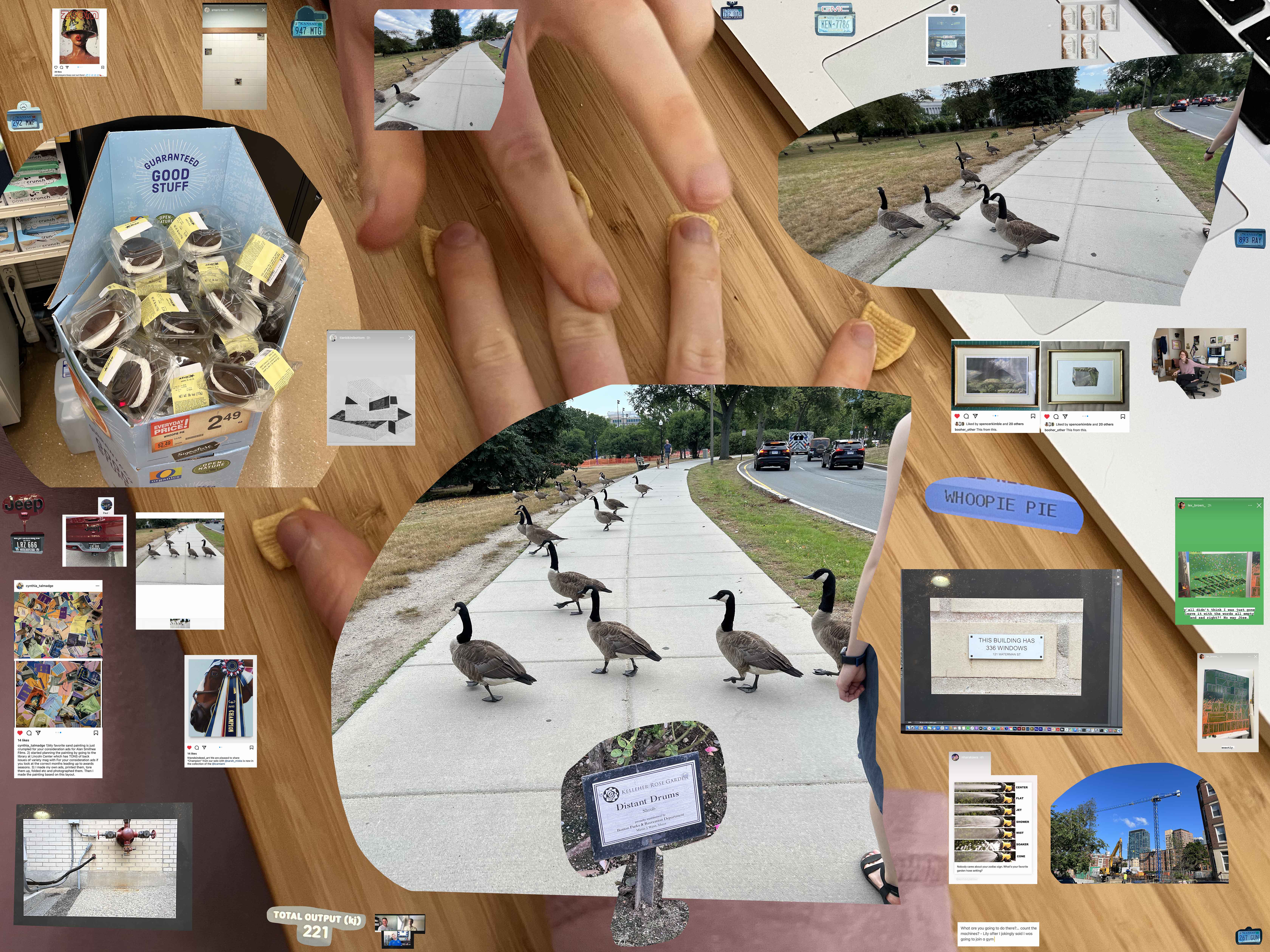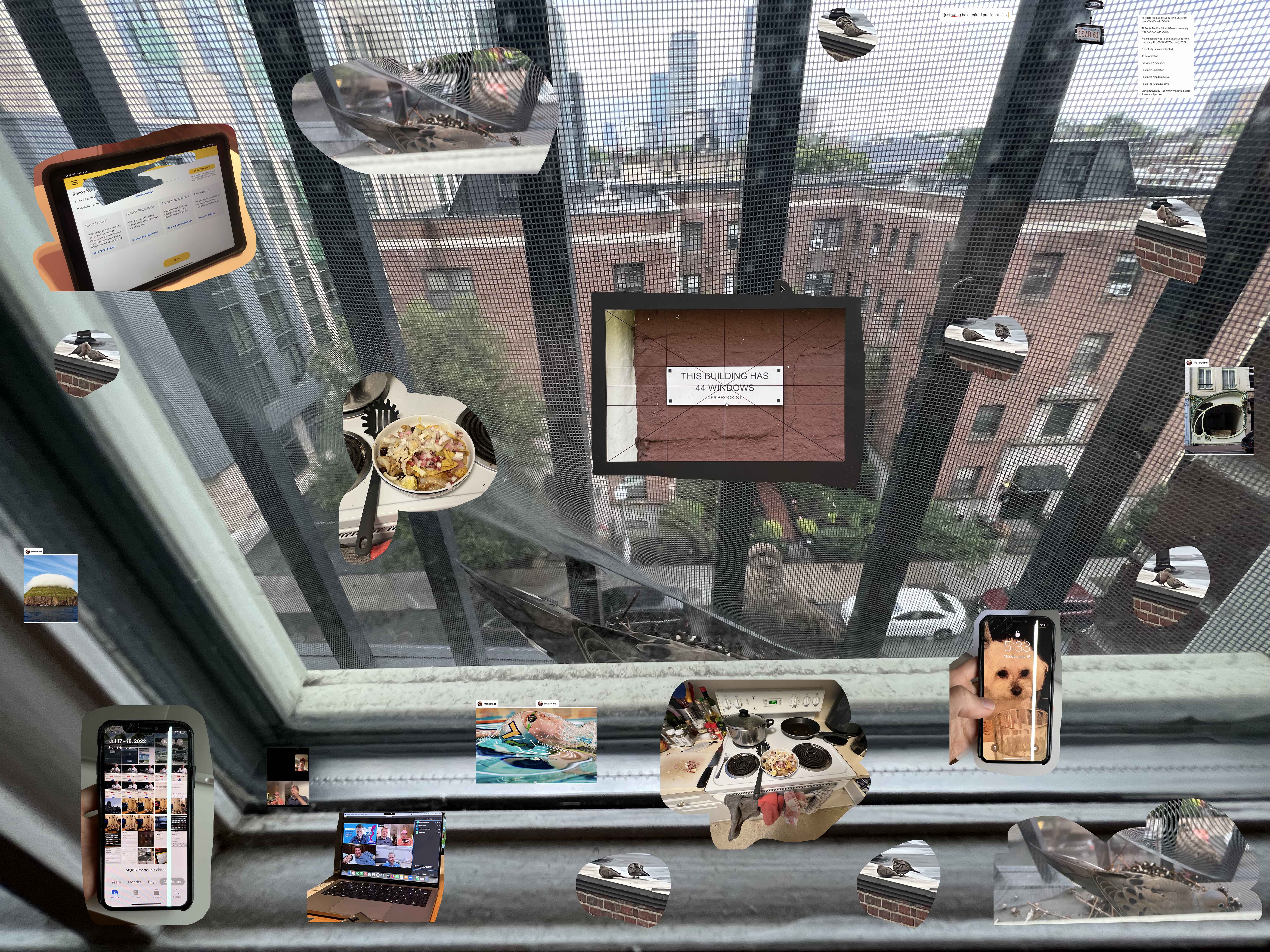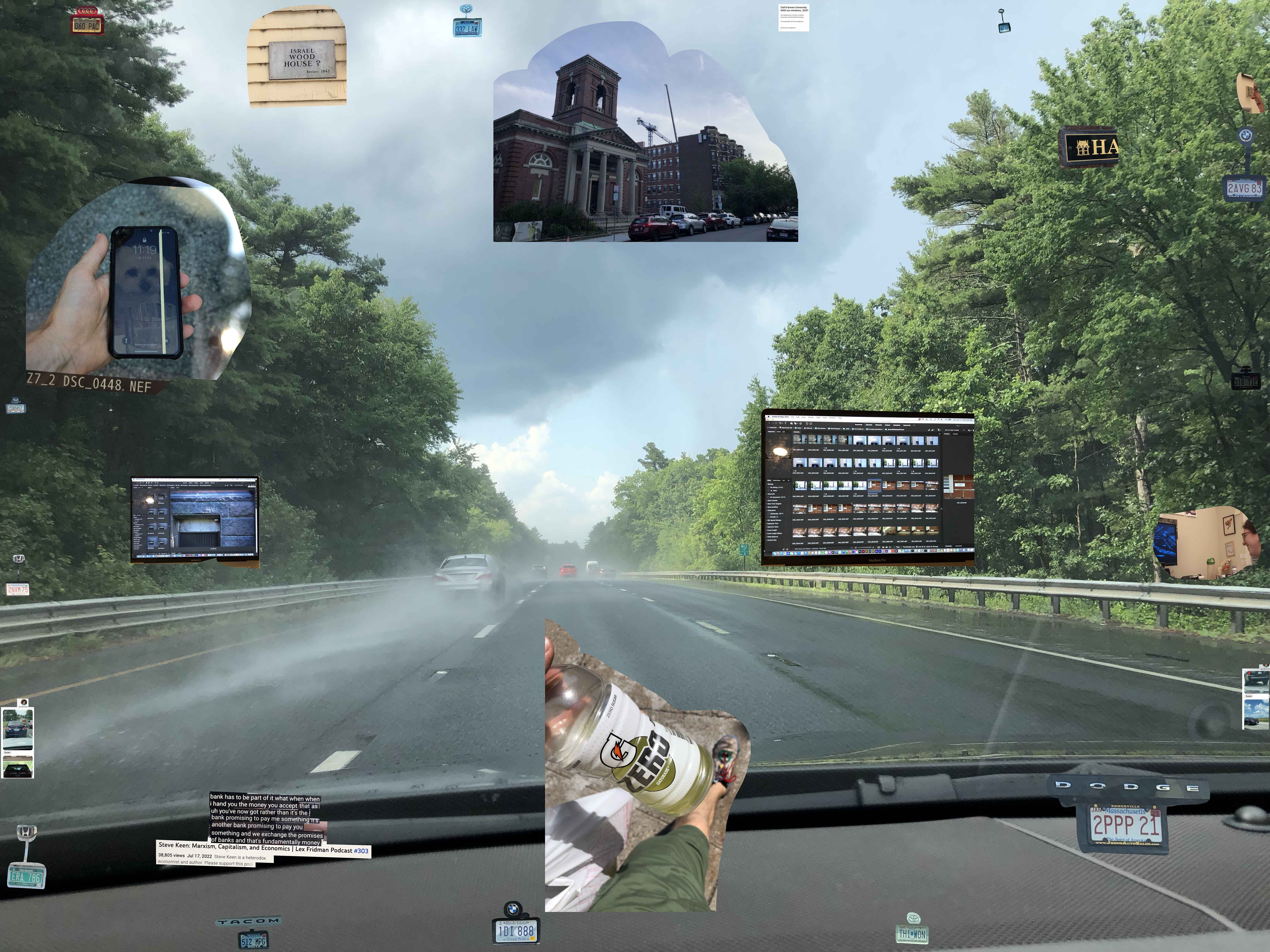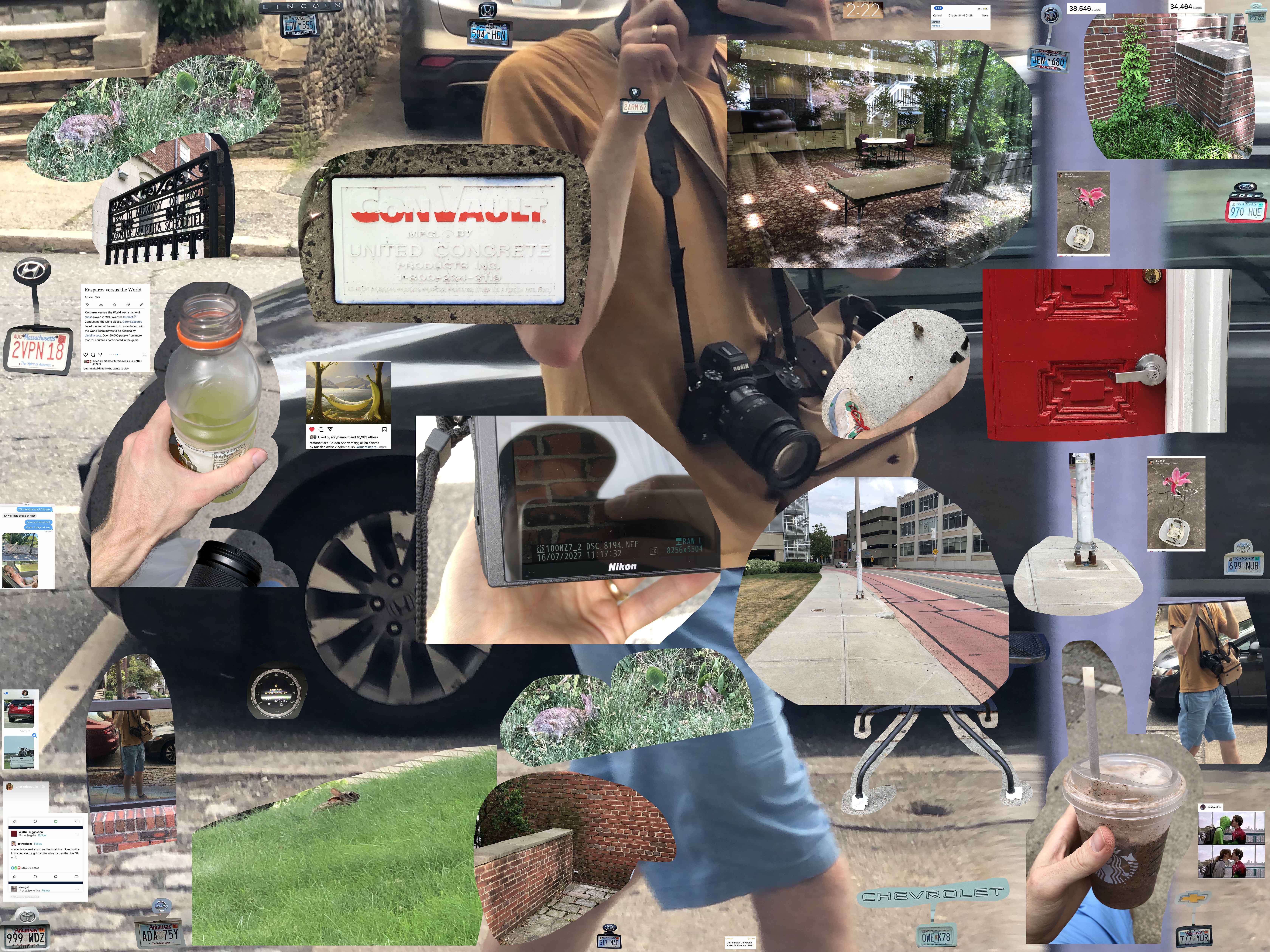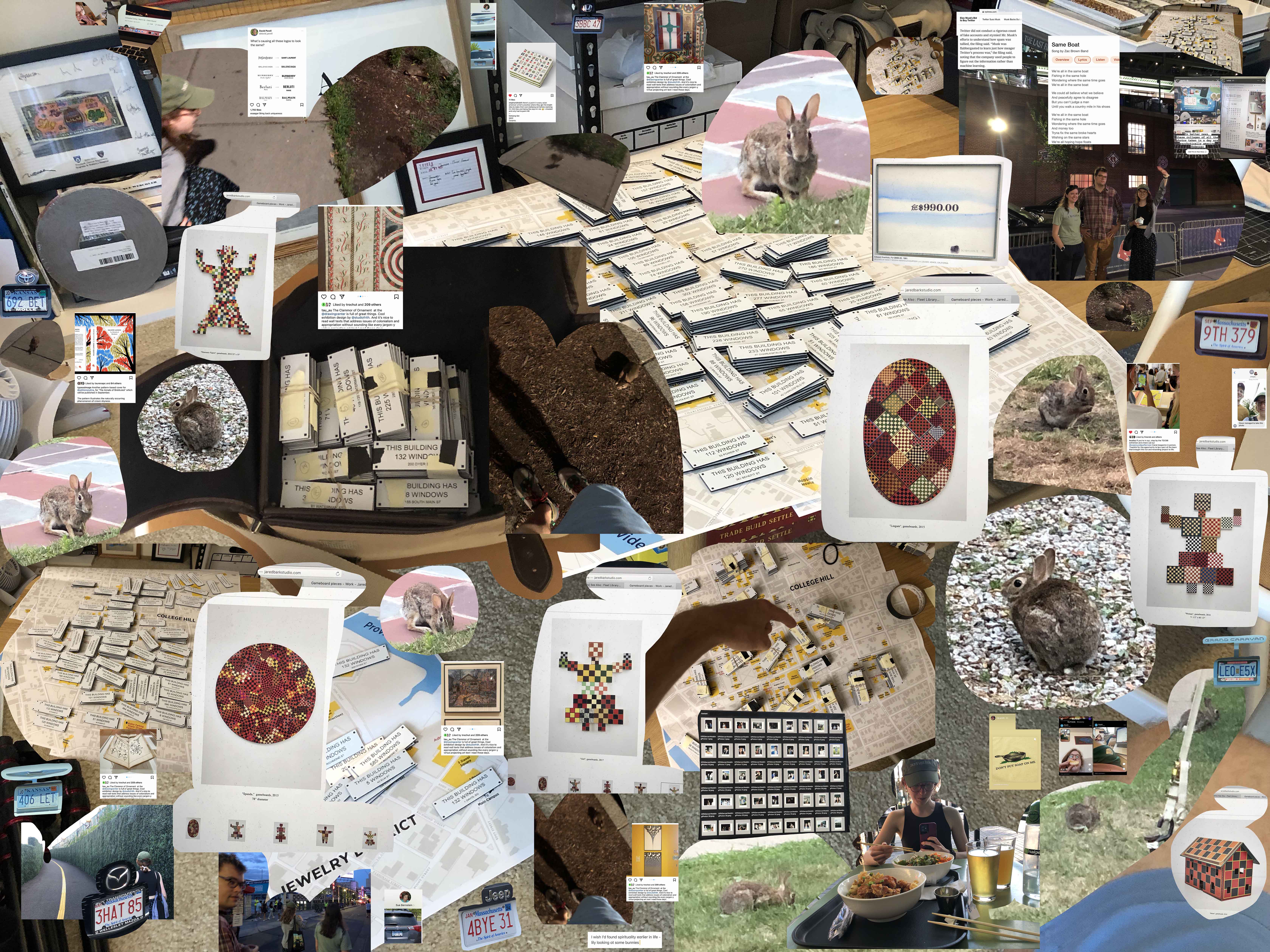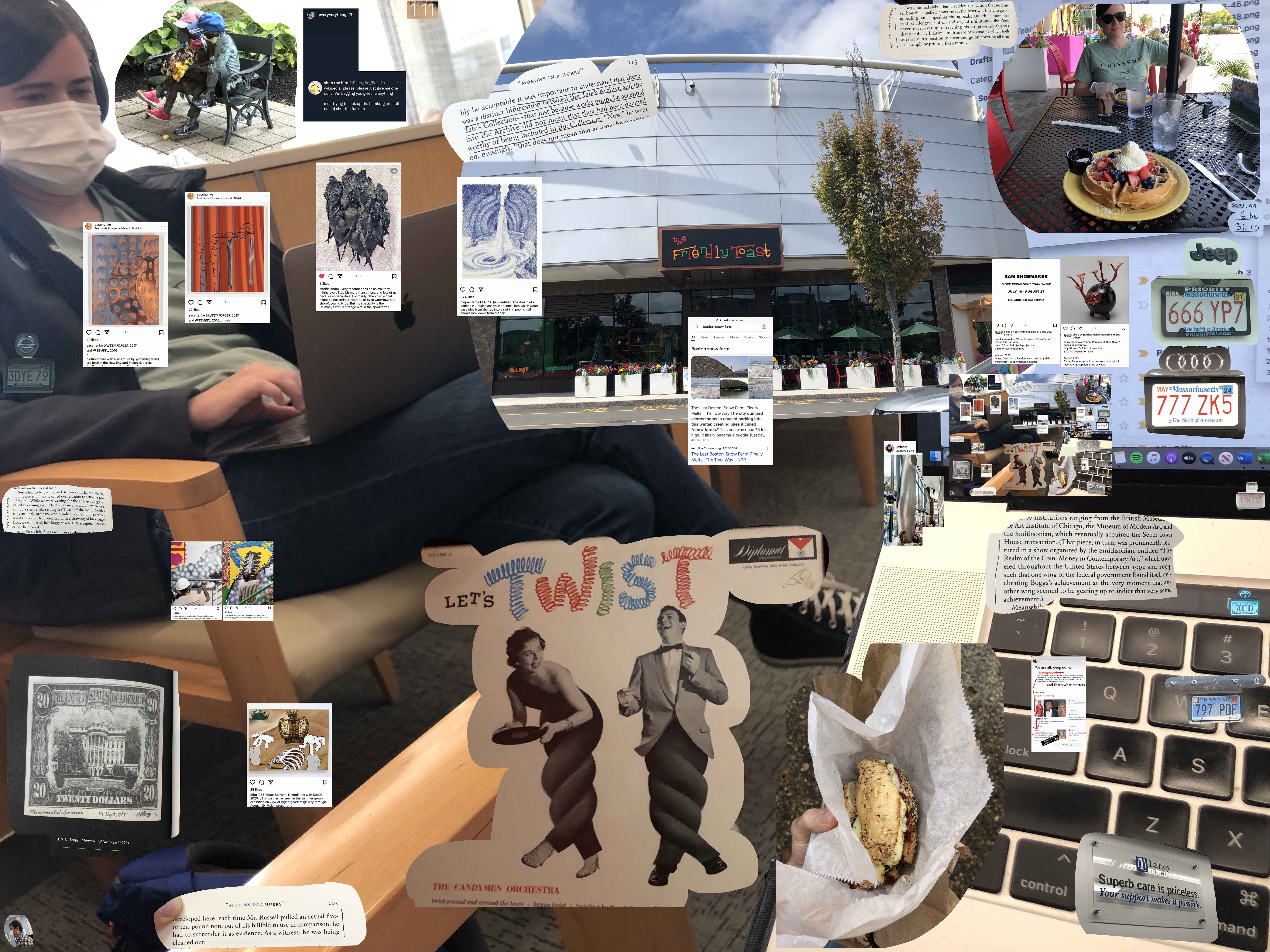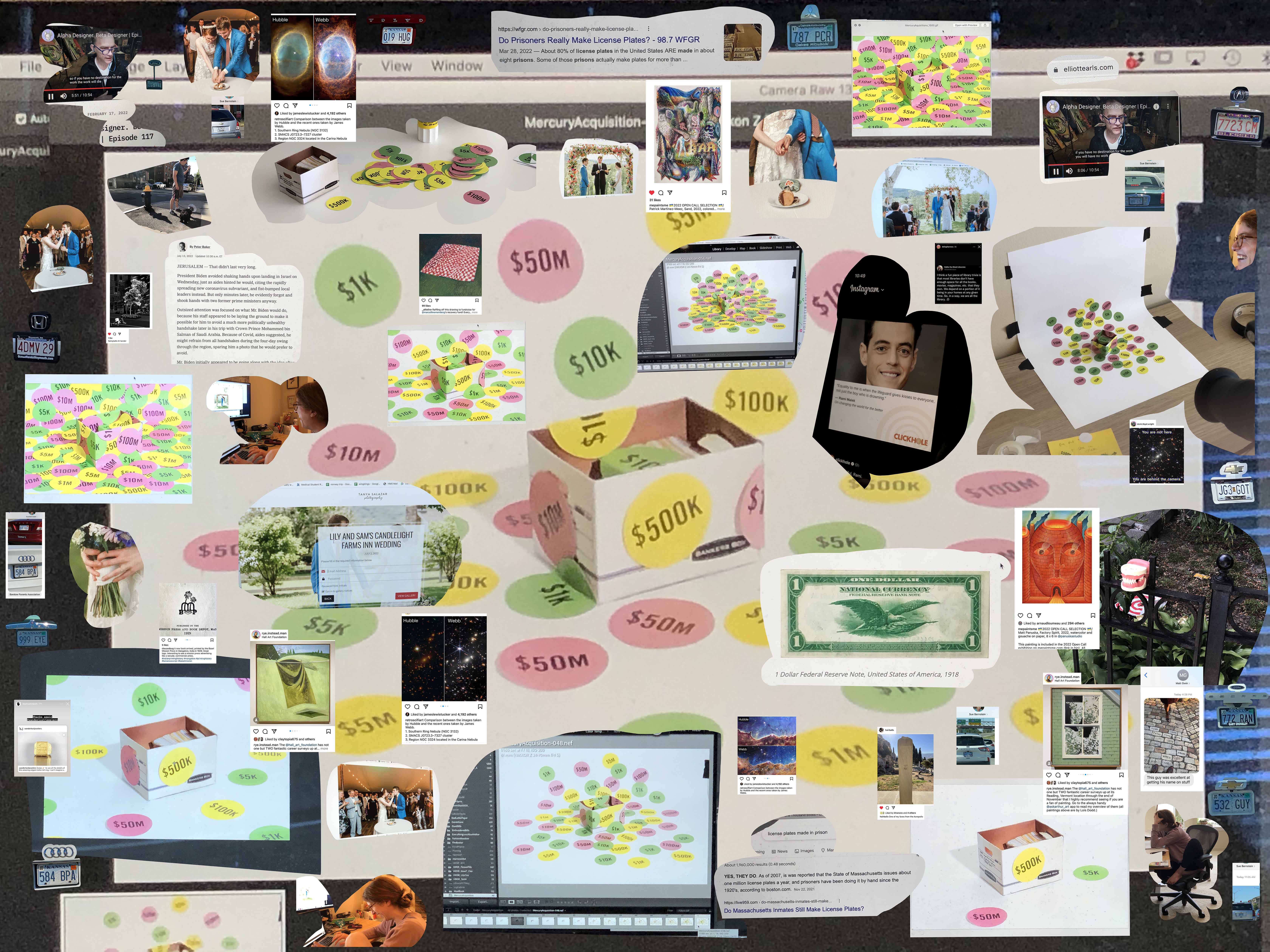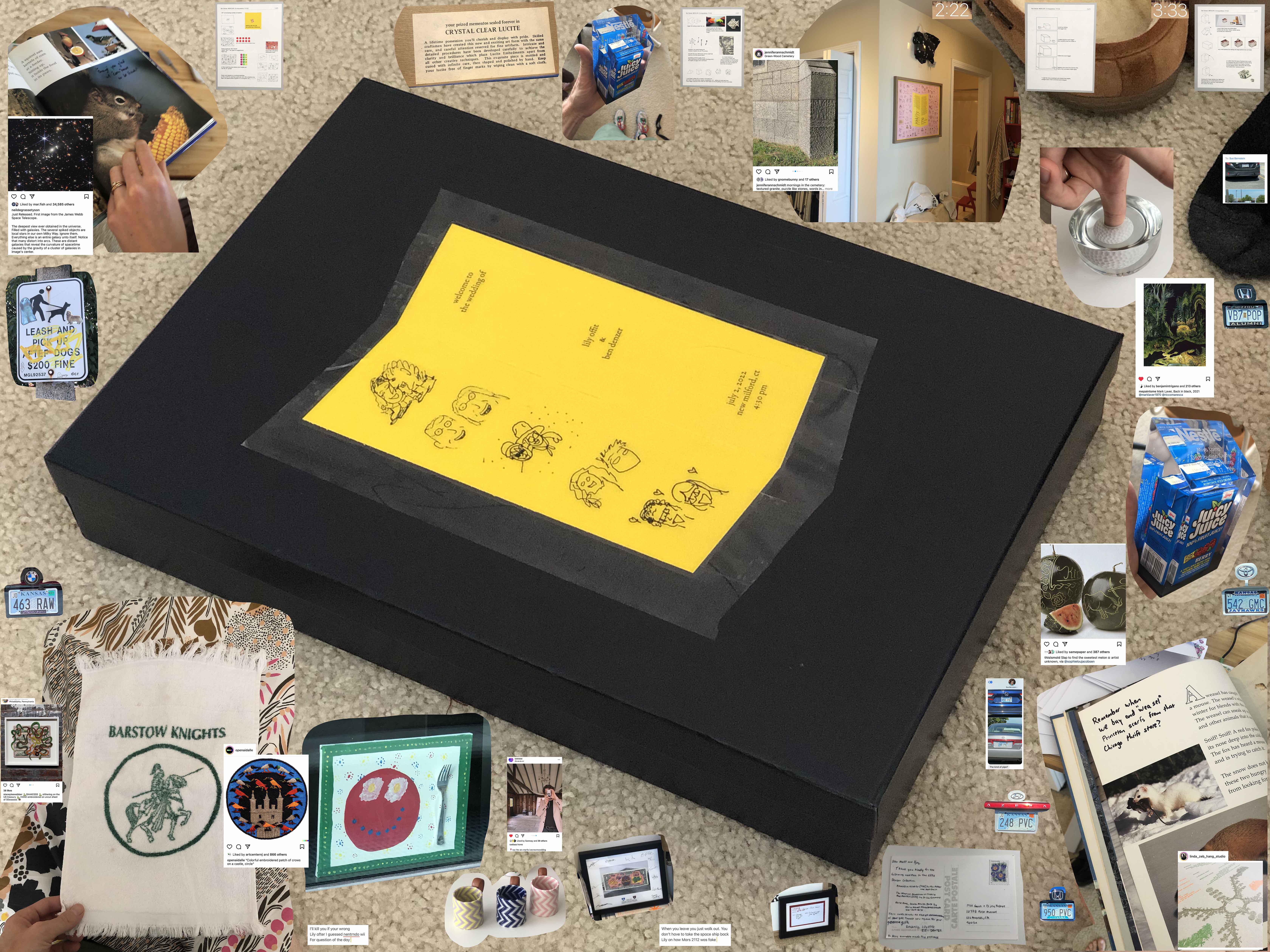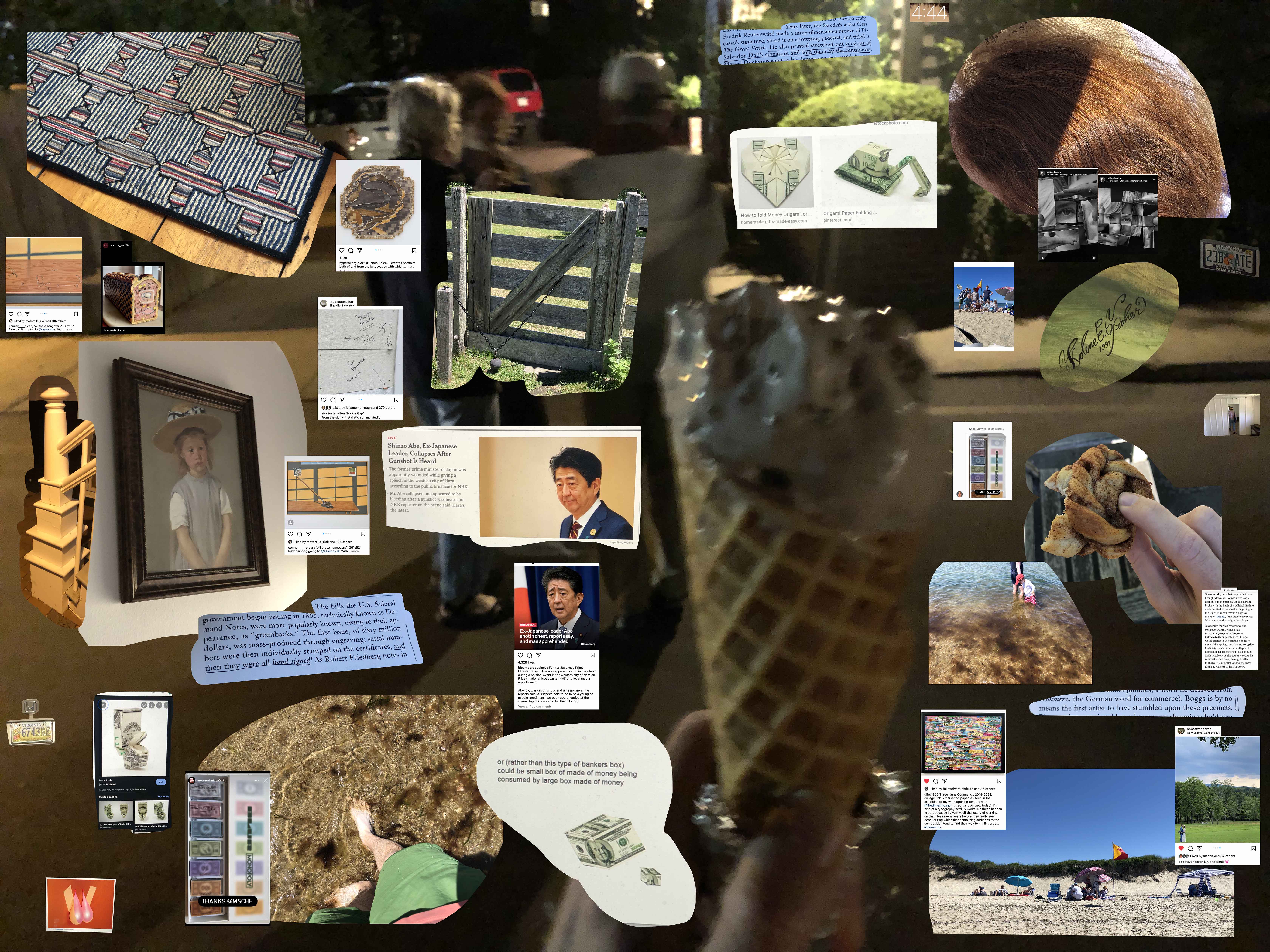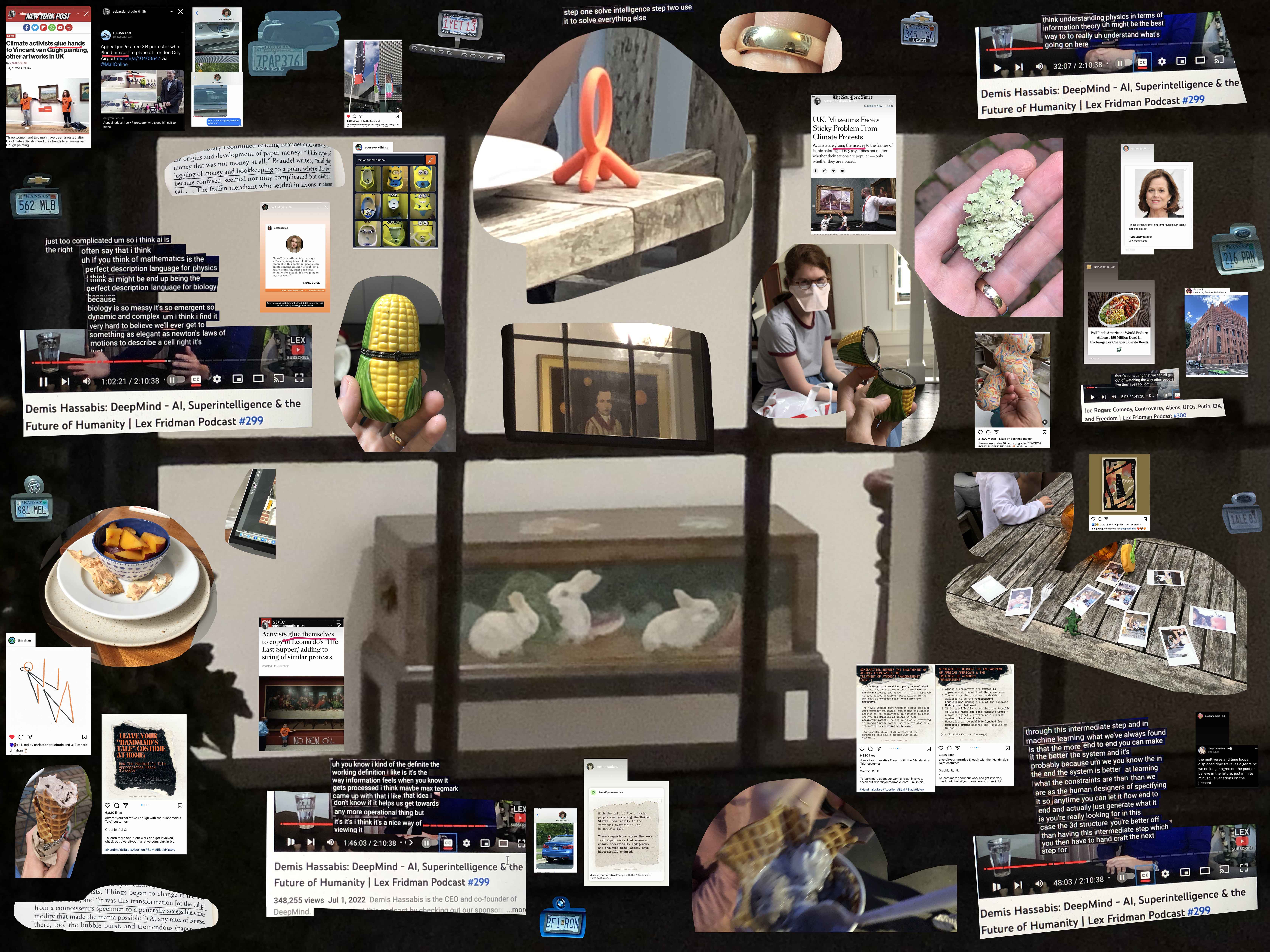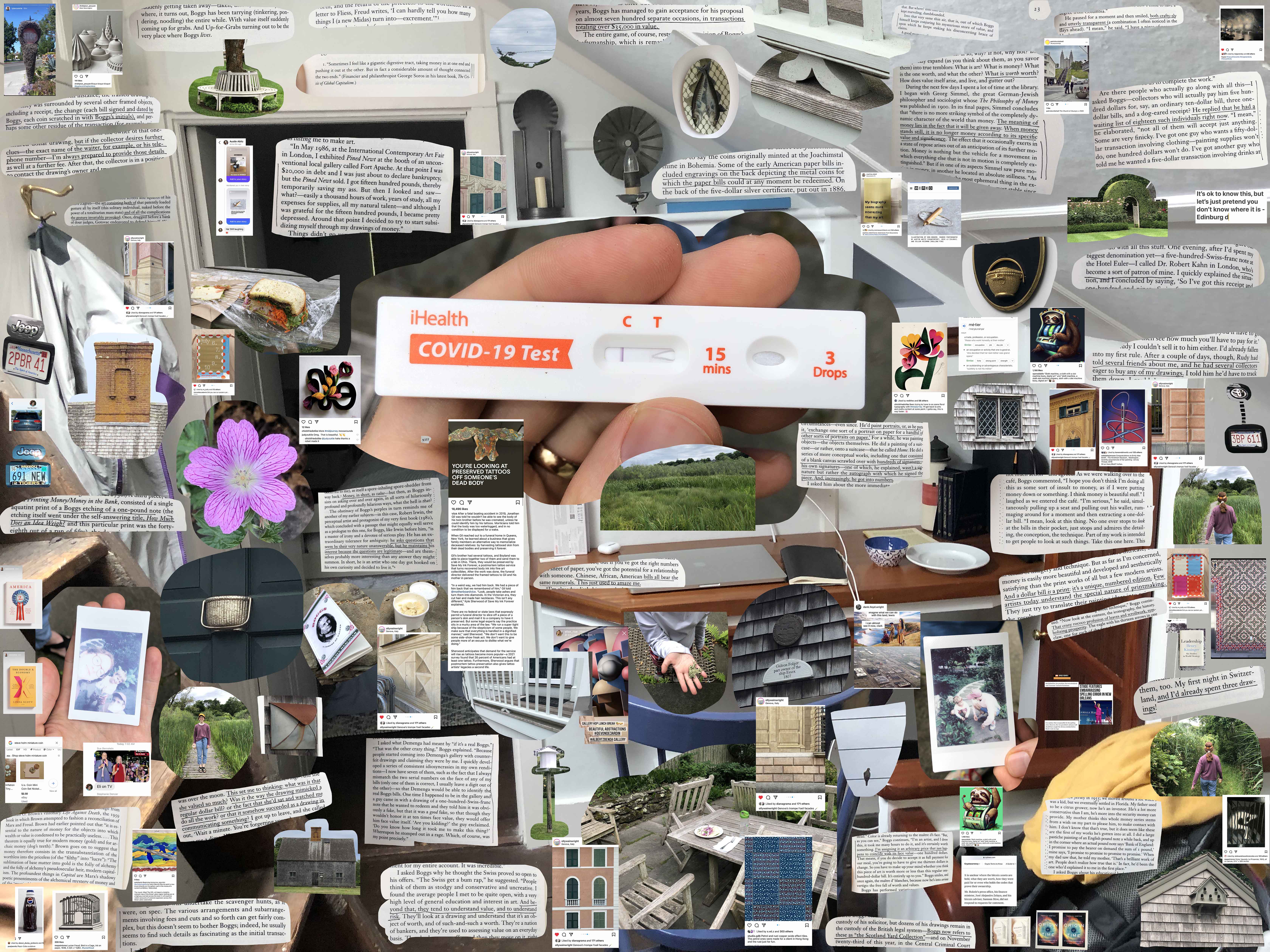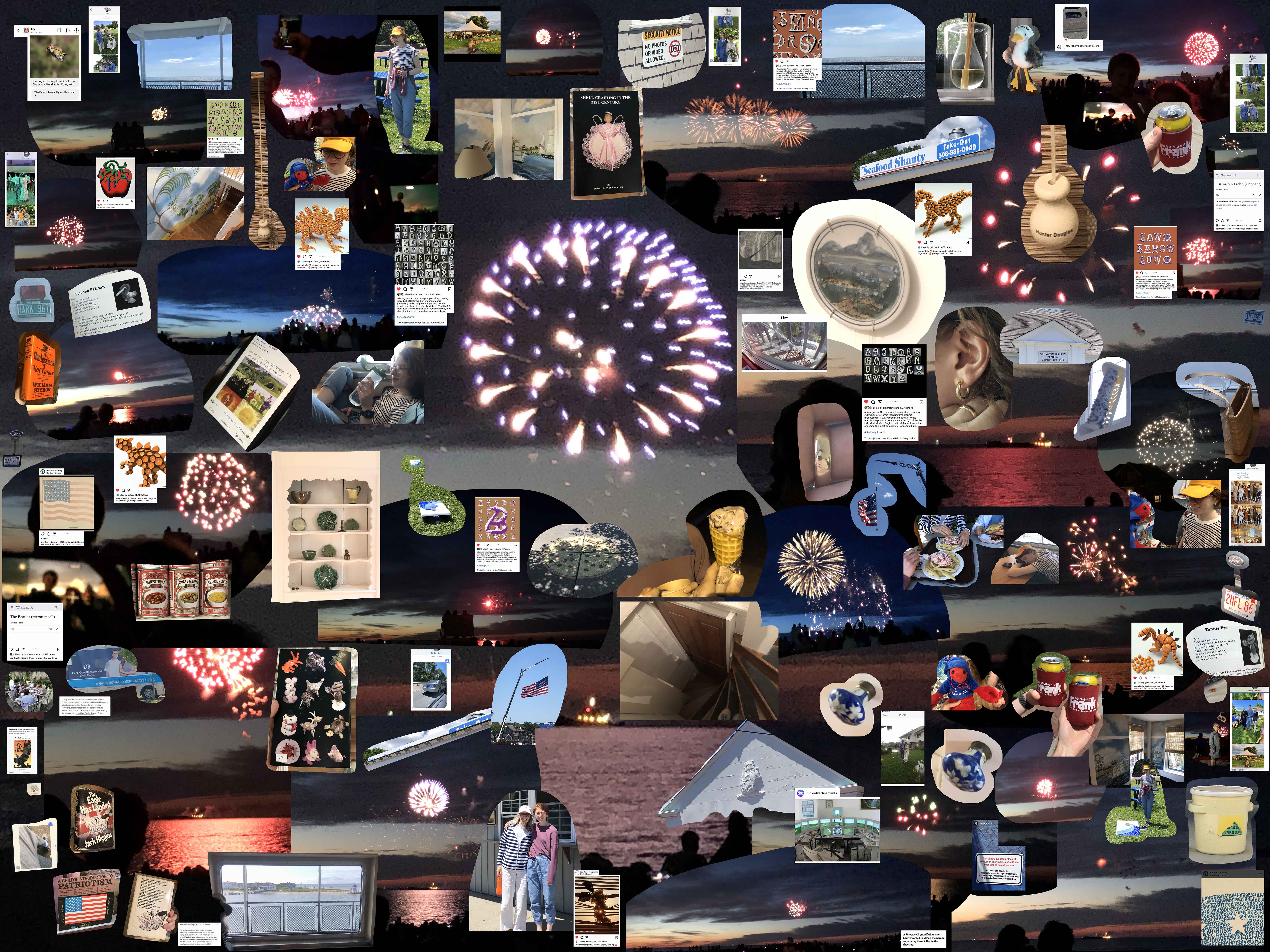Saturday, July 23, 2022
Girard’s big idea—which Thiel would internalize and adopt as a guiding principle, both in investing and in life—was that people are motivated, at their core, by a desire to imitate one another. We don’t want the things we want, Girard argued, because we judge them to be good; we want them because other people want them.
— Max Chafkin, The Contrarian: Peter Thiel and Silicon Valley's Pursuit of Power
Friday, July 22, 2022
It was a peculiarly constructed table in that it stood not on legs but on two large heavy supports, or socles, placed near the ends and extending nearly the width of the table. This interesting construction was not without its effect on subsequent history.
— William L. Shirer, The Rise and Fall of the Third Reich
Thursday, July 21, 2022
There is a stenographic record of a monologue of his at headquarters on May 3, 1942. "I quite understand," he said, "why ninety per cent of the historic assassinations have been sucessful. The only preventative measure one can take is to live irregularly—to walk, to drive and to travel at irregular times and unexpectedly."
— William L. Shirer, The Rise and Fall of the Third Reich
Wednesday, July 20, 2022
But not everybody’s happy. Many iPhone users complained about iOS auto-enhancing photos to the point of making them look terrible. Your iPhone may sometimes over-expose and over-saturate images. Unfortunately, no amount of editing can undo the damage and make your photos look normal.... The bad news is that you can’t directly disable photo auto-enhance on iOS. The photo enhancing algorithm is built into your iPhone’s chip. Your device automatically applies the filter to each and every photo you take. The culprit has a name: Deep Fusion. As a quick reminder, Deep Fusion is an image processing algorithm that Apple introduced with iPhone 11. The algorithm processes your photos pixel-by-pixel optimizing texture, and other image details.
— Madalina Dinita, "How Do I Turn Off Auto Enhance on My iPhone?," appletoolbox.com
Tuesday, July 19, 2022
What are you going to do there?
Count the machines?
— Lily after I jokingly said I was going to join a gym
Monday, July 18, 2022
I just wanna be a retired president.
— Lily
Sunday, July 17, 2022
ISRAEL
WOOD
HOUSE ?
Before 1845
— Plaque on Providence house
Saturday, July 16, 2022
Kasparov versus the World was a game of chess played in 1999 over the Internet. Conducting the white pieces, Garry Kasparov faced the rest o fthe world in consultation, with the World Team moves to e decided by plurality vote.
— "Kasparov versus the World," Wikipedia via @depthsofwikipedia
Friday, July 15, 2022
I wish I'd found spirituality earlier in life.
— Lily looking at a few bunnies
Thursday, July 14, 2022
Compton said that while such an arrangement would probably be acceptable it was important to understand that there was a distinct bifurcation between the Tate's Archive and the Tate's Collection—that just because works might be accepted into the Archive did not mean they had been deemed worthy of being included in the Collection.
— Lawrence Weschler, Boggs: A Comedy of Values
Wednesday, July 13, 2022
If you have no destination for the work, you will have no work.
— Elliott Earls, "Alpha Designer. Beta Designer | Episode 117"
Tuesday, July 12, 2022
Be like a submarine.
— David referencing something C.J. Chivers said
Monday, July 11, 2022
When you leave you just walk out, you don't have to take the space ship back.
— Lily on how Mars 2112 was fake
Sunday, July 10, 2022
How do you think gutters are made?
— E*
Saturday, July 9, 2022
What did we catch?
— E asking what was in our net (I was sneaking crab legs into it)*
Friday, July 8, 2022
Mama, are you going to remember all the things I said even when I'm grown up?
— E worried about forgetting things, he's also been asking people to remember various specific things*
Thursday, July 7, 2022
He also printed stretched-out versions of Salvador Dalí's signature and sold them by the centimeter.
— Lawrence Weschler, Boggs: A Comedy of Values on Carl Fredrik Reuterswärd
Wednesday, July 6, 2022
In machine learning, what we've always found is that the more end to end you can make it the better the system. And it's probably because you know, in the end, the system is better at learning what the constraints are than we are as the human designers at specifying it.
— Demis Hassabis, "Demis Hassabis: DeepMind - AI, Superintelligence & the Future of Humanity | Lex Fridman Podcast #299"
Tuesday, July 5, 2022
This set me to thinking: what was it that she valued so much? Was it the way the drawing mimicked a regular dollar bill? or the fact that she'd sat and watched me do all the work? or that it somehow succeeded as a drawing in communicating something?
— J. S. G. Boggs via Lawrence Weschler, Boggs: A Comedy of Values
Monday, July 4, 2022
That's not true.
— Lily after I showed her a picture on @blowing.up.history of a woodpecker flying with a weasel on its back (photographed by Martin Le-May)
